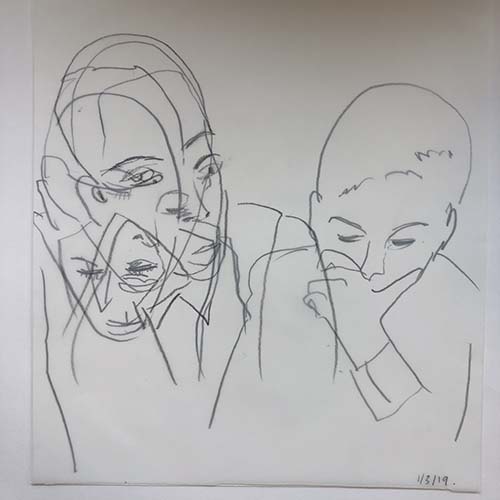In the incidence of fighting, the margins between victim and offender can be blurred. Optical tools, which have historically been used by the ‘Old Masters’ during the Renaissance period and, more recently, by David Hockney can democratise drawing and tap into the latent desire to create. This method of drawing also offers an element of surprise when student reveal the result of their mark-making. When children are not fluent in the same language, drawing can aid the development of a personal and shared literacy. The drawn acts intend to give space to offender, victim and mediator. The interventions enable each of the students to listen to the needs of the other and share voices in the resolution of conflicts. They offer a chance for authentic and safe interaction.

